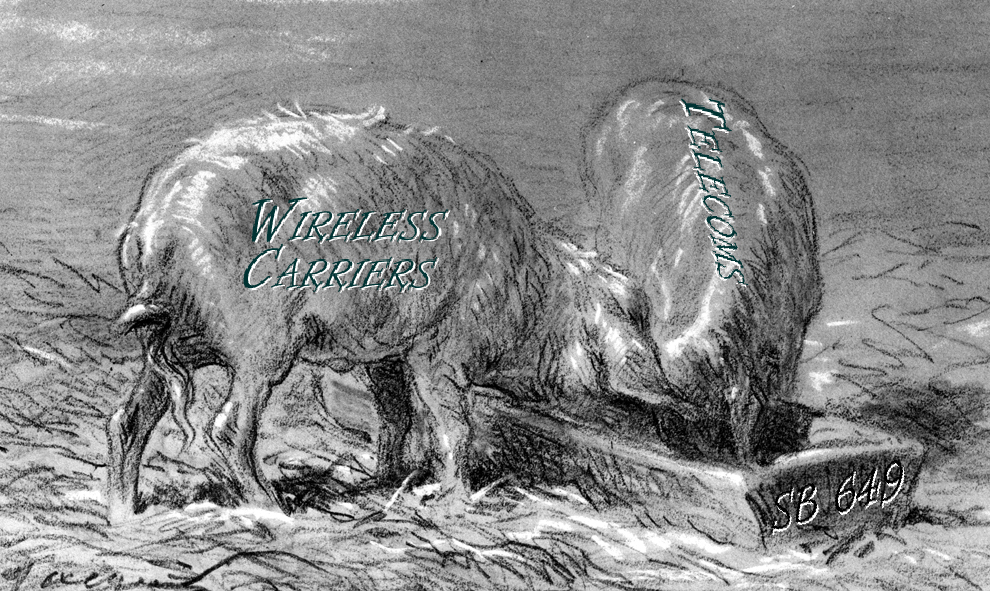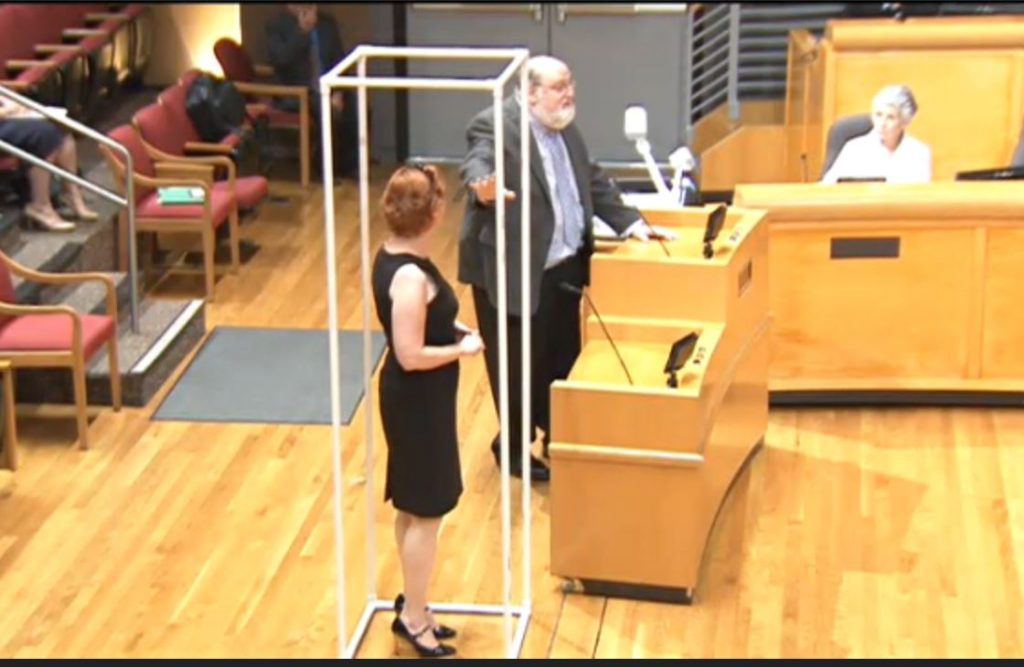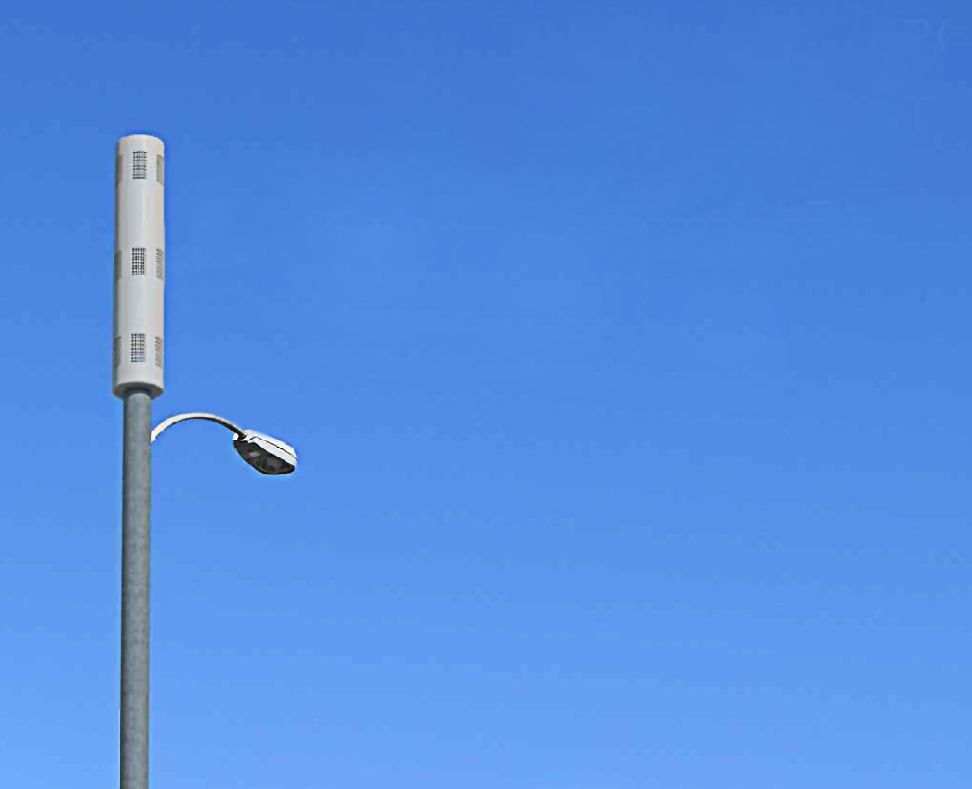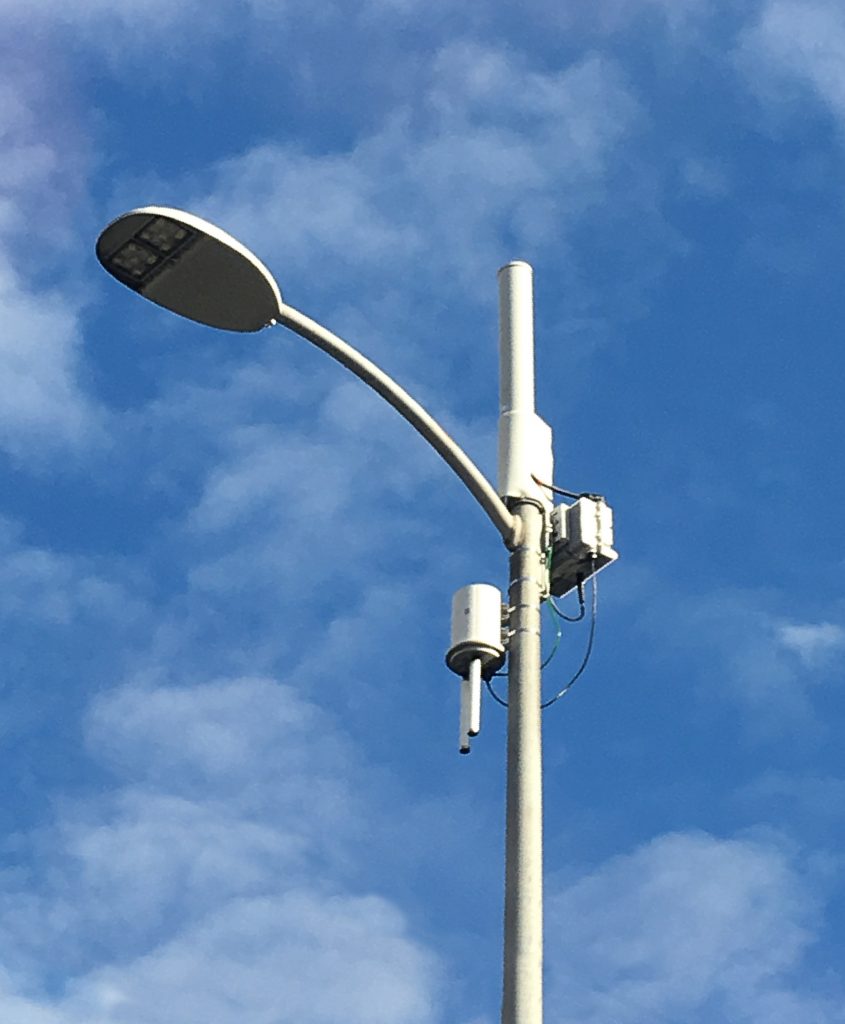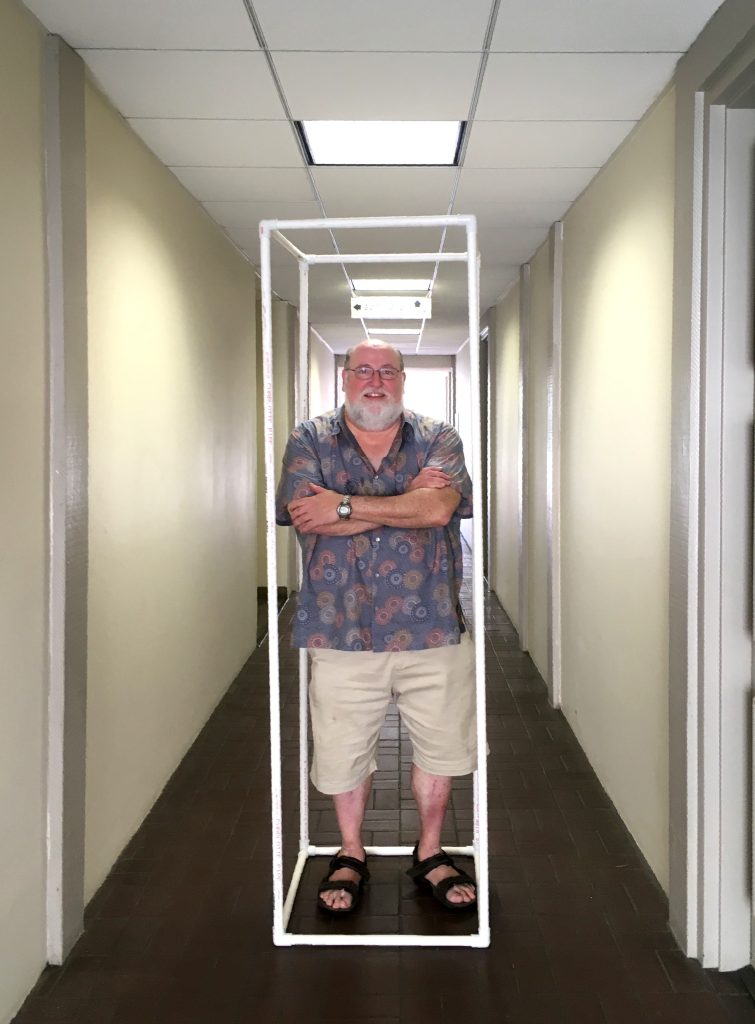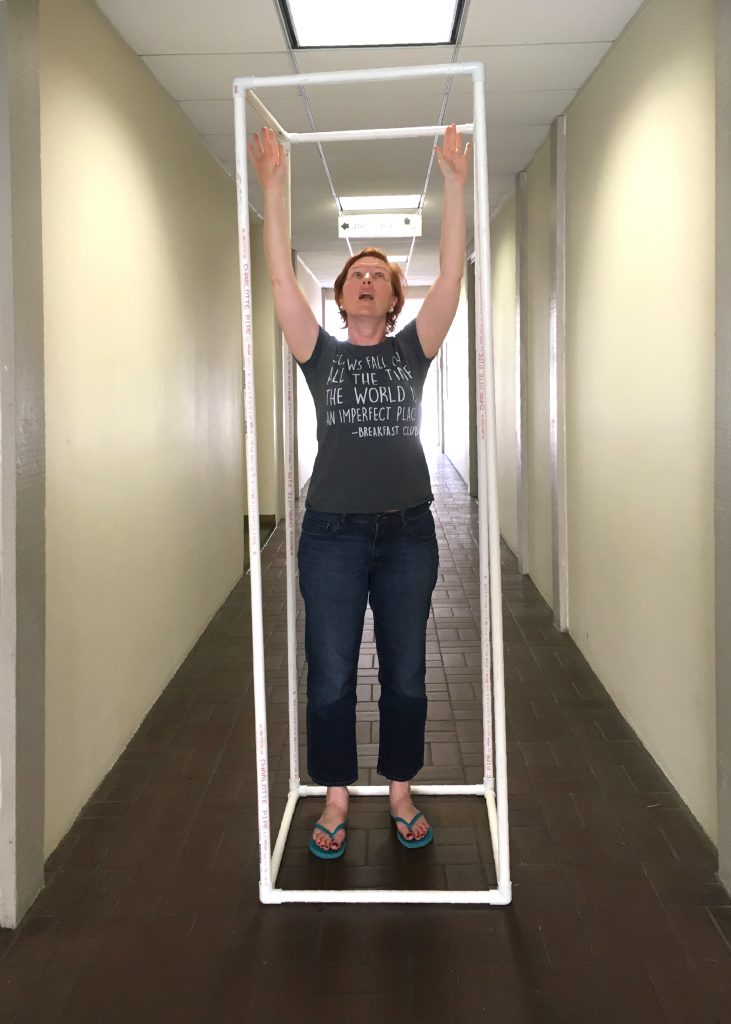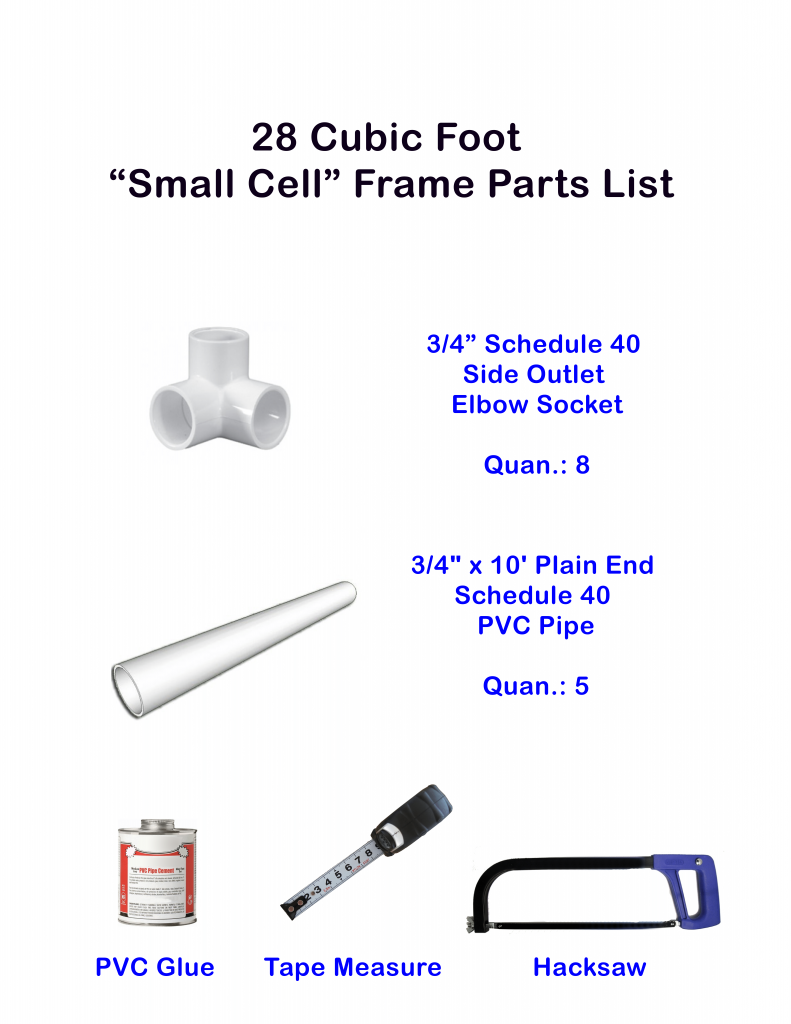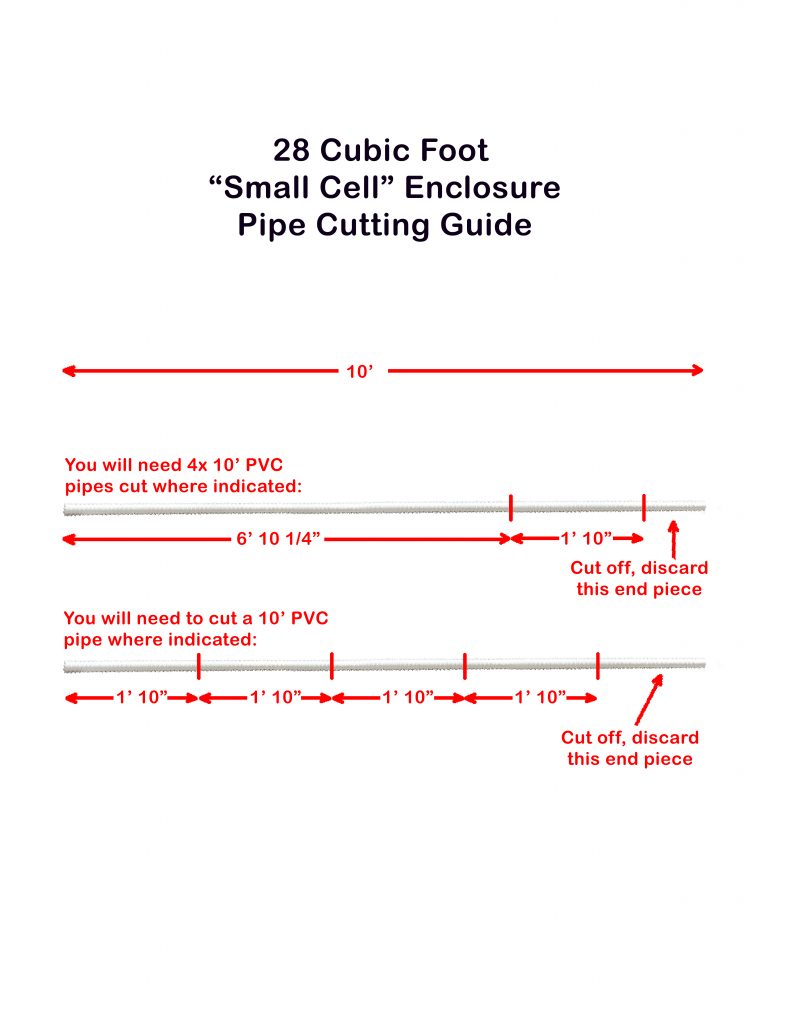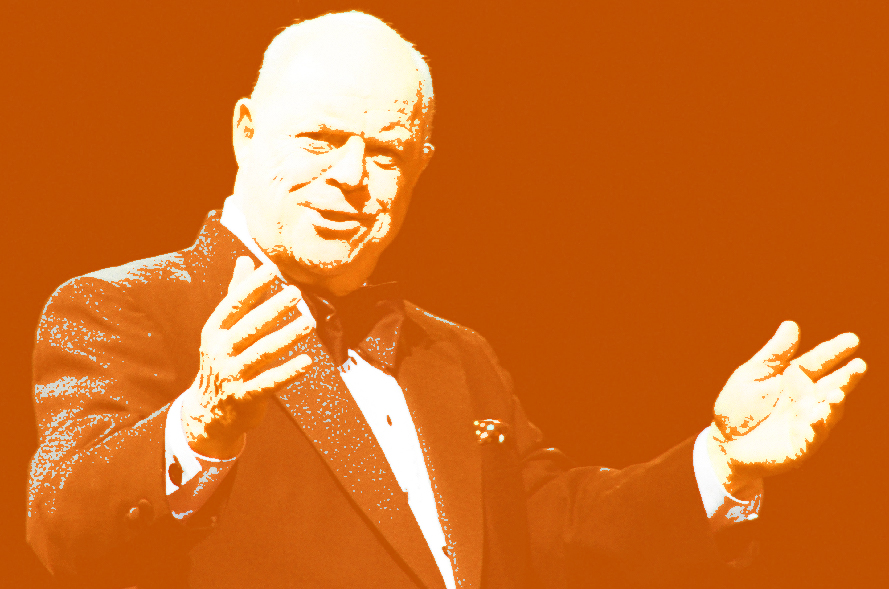The late Don Rickles was simply a big fraud. I know this from first-hand experience having personally met him at his Malibu home in 1979.
At that time, I was the System Engineer for Warner Cable in Malibu. I was in charge of all technical operations for the cable system serving Malibu.
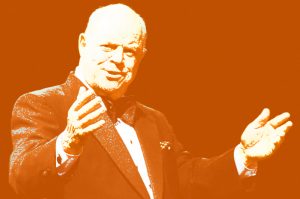 I clearly remember sitting in my office one day working on the detritus that was the paperwork that accompanied my management position, only to be interrupted by the loud buzzing of the telephone intercom.
I clearly remember sitting in my office one day working on the detritus that was the paperwork that accompanied my management position, only to be interrupted by the loud buzzing of the telephone intercom.
Answering the intercom, I was greeted with the clearly jarred voice of Carolyn Loving, who was Warner Cable’s Office Manager at that time. She said, “Jonathan… Don Rickles is on the phone, and he’s pisssssssed.” Sucking in a deep breath, I punched the outside line button and said, “Mr. Rickles, I’m Jonathan Kramer, the system engineer. How may I help you?”
The reply came instantaneously and forcefully. “KRAMER!,” Mr. Rickles nearly shouted, “If you ever send Chas to my home again I’ll shove a ladder up his nose.”
Nonplussed, I glanced down at the daily jobs schedule at the edge of my desk. I saw that my installer by that name was scheduled to perform some relatively easy work at a home on Malibu Road, which I deduced to be Mr. Rickles’ residence.
Mr. Rickles told me that my installer had acted very rudely towards him in his home. Frankly, this didn’t surprise me because Chas had some personal issues going on at the time, but I didn’t think he would carry them over into his contacts with our customers.
My General Manager at Warner Cable in Malibu, Mr. J. Phil Franklin (a truly blessed memory), spent a lot of time guiding every person on staff on what he always felt was the most important thing for any service organization, immediately solving problems. What differentiated Phil from most managers is that he empowered every one of the employees to do exactly that.
Phil’s training kicked in, and I instantly replied to Mr. Rickles’ rather forceful statement with, “Mr. Rickles, may I please come to your home immediately and solve the problem.” “Okay.” <Click>
The next thing I did was to call Chas on the radio and pull him off the job.
Grabbing my chief technician, Roberto, we headed directly to Mr. Rickles home. I remember Mr. Rickles home as if it were yesterday, rather than nearly four decades ago.
Walking in through the front gate on the left side of Mr. Rickles’ driveway, Roberto and I walked down a short set of stairs, then along the stone pathway which curved to the right in front of the front door.
Holding my breath, I rang the doorbell.
The front door opened. Standing before me was Mr. Rickles in a suit, white shirt, and tie. With nary a wrinkle to be seen nor lint to be spotted, he looked to me to be the most successful man in the world.
I introduced myself, and Roberto, and Mr. Rickles invited us into his home. Walking in, he said in a warm and quiet voice, “Please allow me to introduce the two of you to the other guests in my home.” In fact that’s exactly what he did.
Only after all the introductions were made to the other guests in his home, which pointedly included his house staff, would Mr. Rickles and I spent a few minutes talking about Chas’s rudeness, and the work to be performed. I offered my apologies for my staff member’s rudeness, and Roberto and I (but mainly Roberto) performed the work that Chas should have done in a very short period of time.
With the work done, we said our goodbyes to Mr. Rickles. He thanked us in a very warm and friendly manner as we were leaving, walking with us up the walk to the front gate.
Later, back at the cable office, I shared the story of how Mr. Rickles treated us as true guests in his home. Several other members of staff who had been to his home over the years said that this wasn’t out of character or place. When you’re in Don Rickles’ home, regardless of your station or reason for the visit, you were a welcomed guest and treated as such.
To me, the true Don Rickles is the gentle and respectful man I met that day at his home so very long ago. I consider it one of the great privileges of my life to have met that very real man.
A few times over the years I thought about writing to Mr. Rickles through his agent to share the sentiments I’ve penned above. While I regret never having followed through, and now never to have that opportunity, I hope my words serve as a small contribution to the memory of that public fraud and a perfect gentleman.
Jonathan
PS: I also remember repeatedly seeing Bob Newhart’s car parked in front of Mr. Rickles’ residence. The license plate? It read, “NO DON” -jlk





